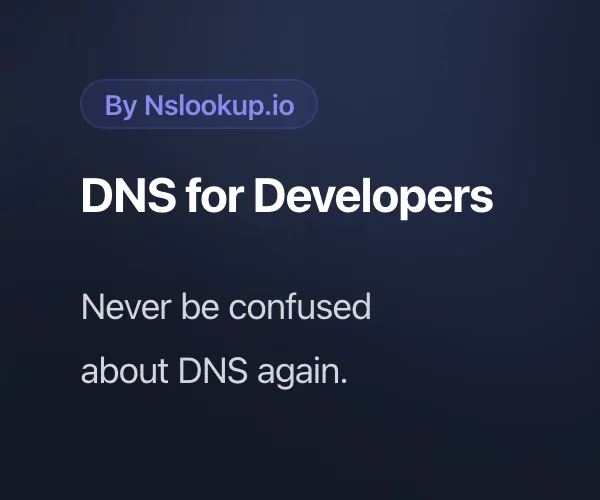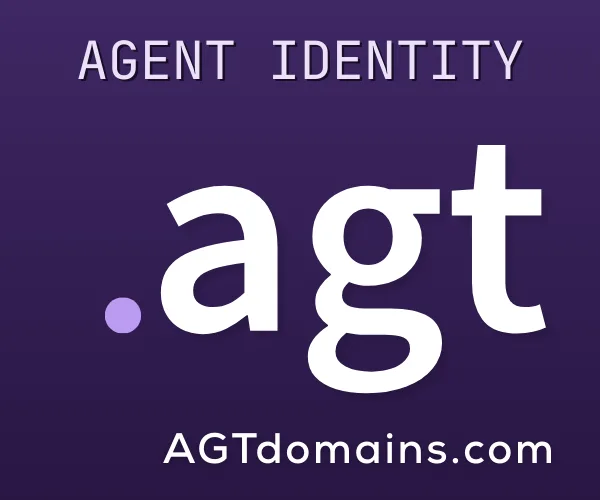TLD
The term "TLD" or "Top-Level Domain" is fundamental to your line of work. It refers to the last segment of a domain name, or the part that follows immediately after the "dot" symbol.
There are several types of TLDs:
- gTLD (Generic Top-Level Domains): These are the most common and include extensions like .com, .net, .org, .info.
- ccTLD (Country Code Top-Level Domains): These represent specific geographic locations. For example, .us for United States, .ca for Canada, .jp for Japan.
- sTLD (Sponsored Top-Level Domains): These are overseen by private organizations. For example, .edu for educational institutions, .gov for U.S. government entities.
- nTLD (New Top-Level Domains): These are part of the new domain program by ICANN and include any domains beyond the original gTLDs, like .app, .blog, .ai.




